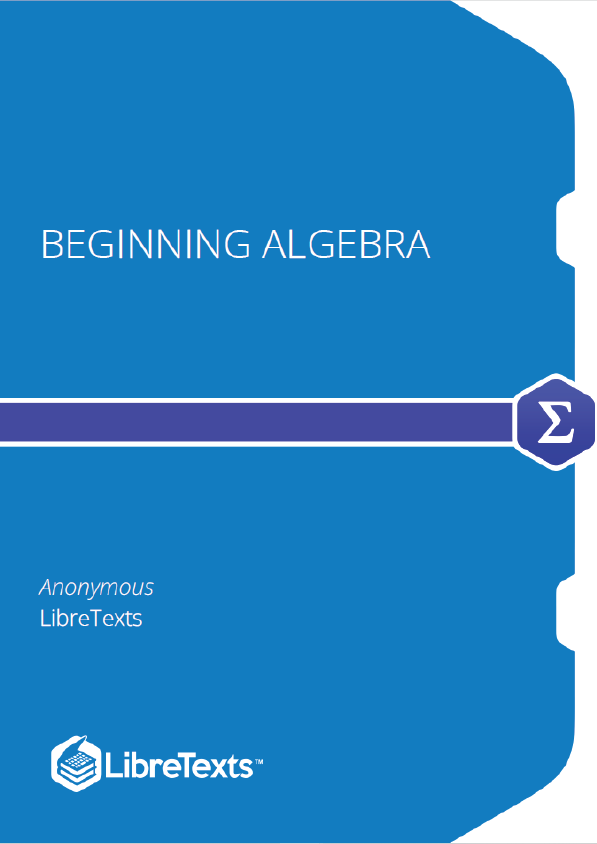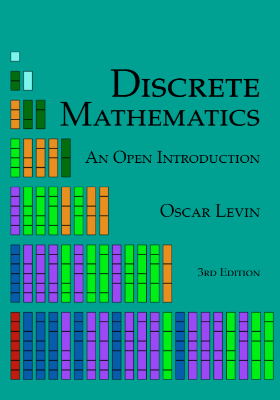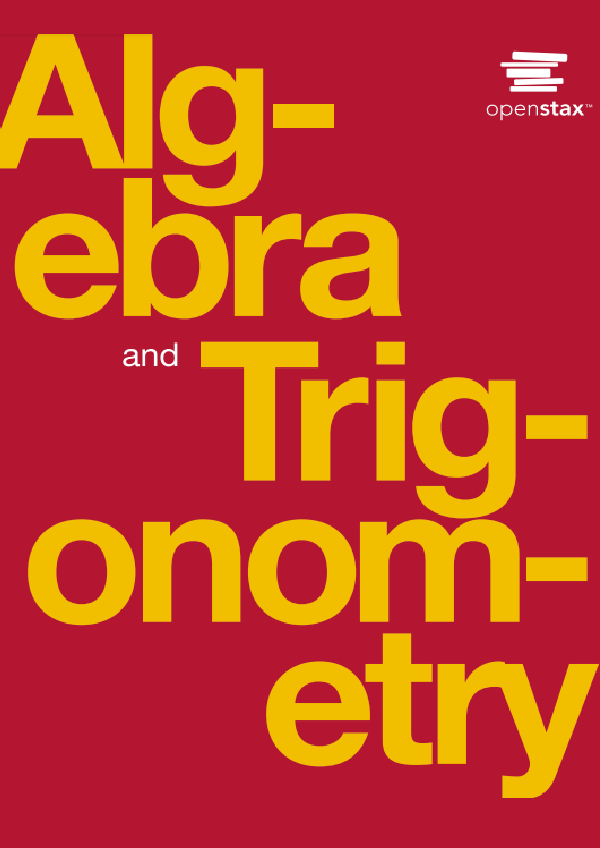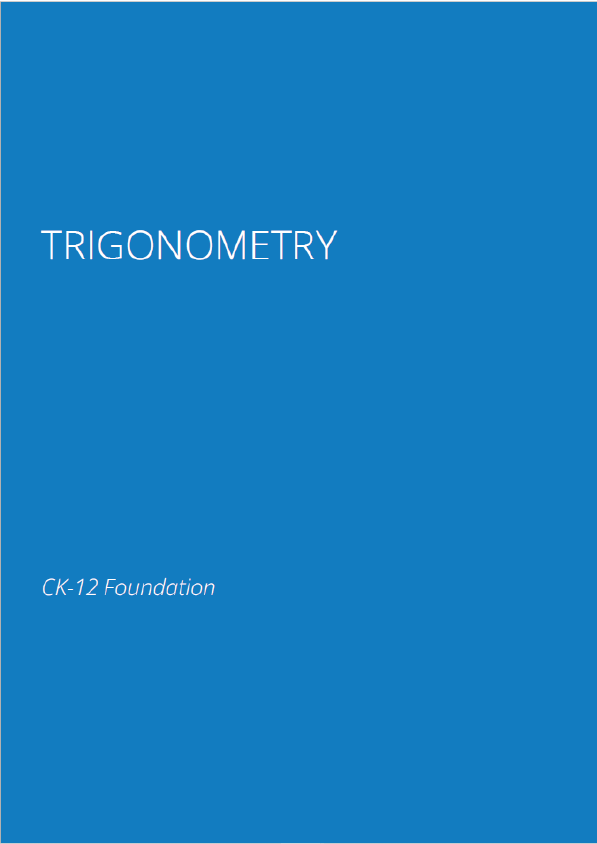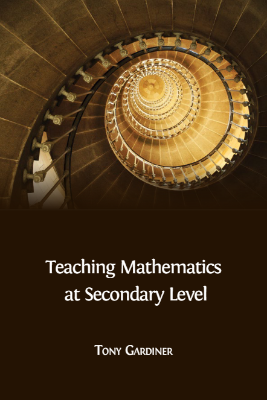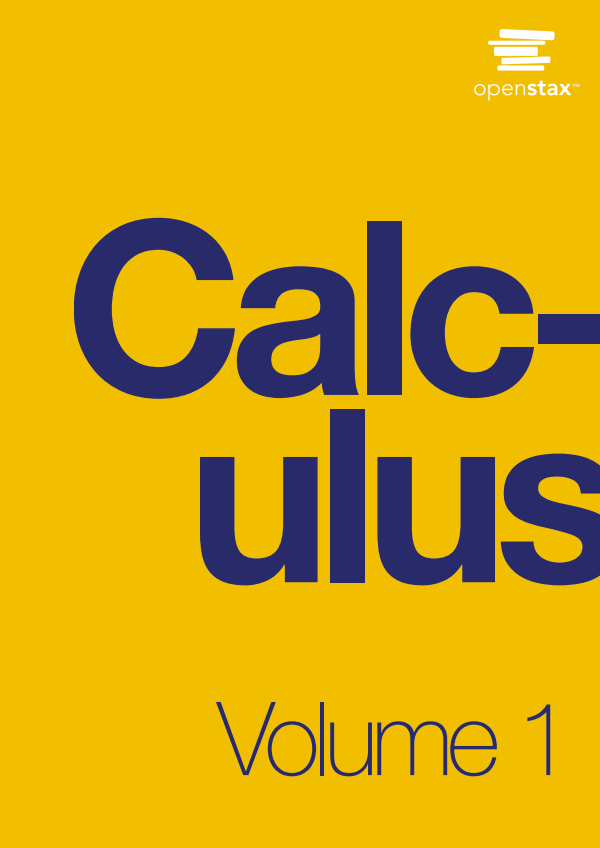Traditionally, the study of algebra is separated into a two parts, elementary algebra and intermediate algebra. This textbook is the first part, written in a clear and concise manner, making no assumption of prior algebra experience. It carefully guides students from the basics to the more advanced techniques required to be successful in the next course.
A real number line, or simply number line, allows us to visually display real numbers by associating them with unique points on a line. The real number associated with a point is called a coordinate. A point on the real number line that is associated with a coordinate is called its graph.
To construct a number line, draw a horizontal line with arrows on both ends to indicate that it continues without bound. Next, choose any point to represent the number zero; this point is called the origin.
Mark off consistent lengths on both sides of the origin and label each tick mark to define the scale. Positive real numbers lie to the right of the origin and negative real numbers lie to the left. The number zero is neither positive nor negative. Typically, each tick represents one unit.
As illustrated below, the scale need not always be one unit. In the first number line, each tick mark represents two units. In the second, each tick mark represents of a unit.
Multiplication and Division
We begin with a review of what it means to multiply and divide signed numbers. The result of multiplying real numbers is called the product and the result of dividing is called the quotient. Recall that multiplication is equivalent to adding:
Clearly, the product of two positive numbers is positive. Similarly, the product of a positive number and negative number can be written as shown:
We see that the product of a positive number and a negative number is negative. Next, explore the results of multiplying two negative numbers. Consider the products in the following illustration and try to identify the pattern:
This shows that the product of two negative numbers is positive.
To summarize, The rules for division are the same because division can always be rewritten as multiplication:
The rules for multiplication and division should not be confused with the fact that the sum of two negative numbers is negative.
